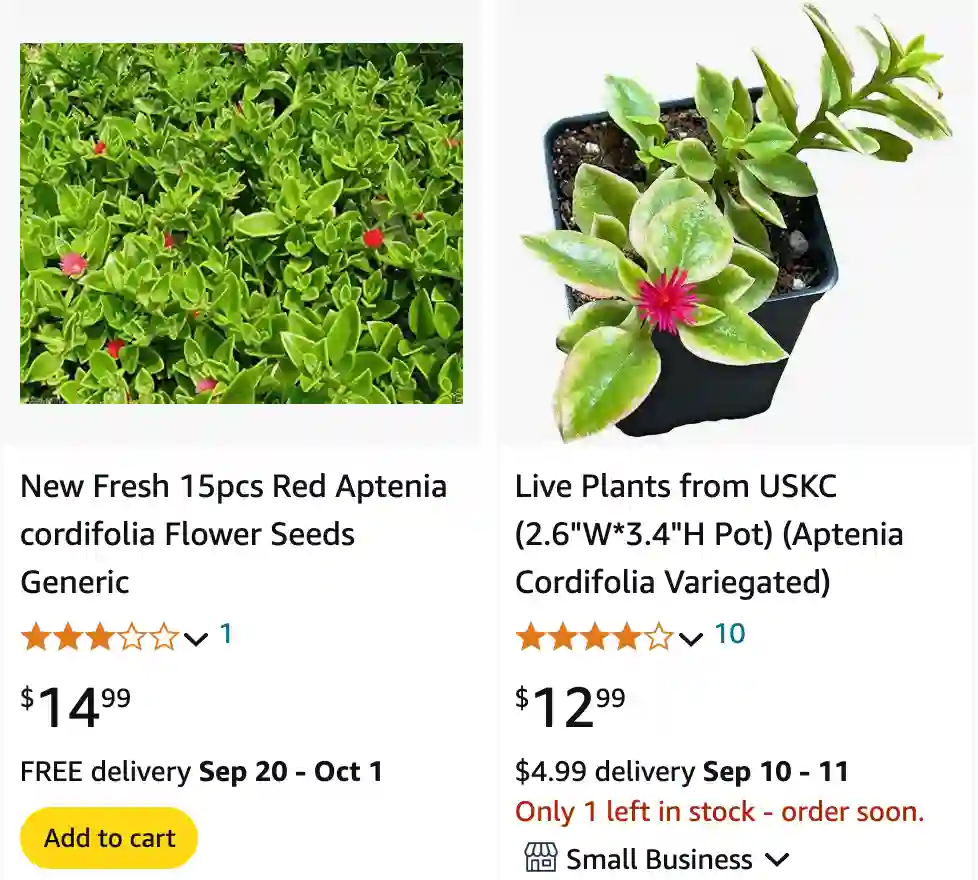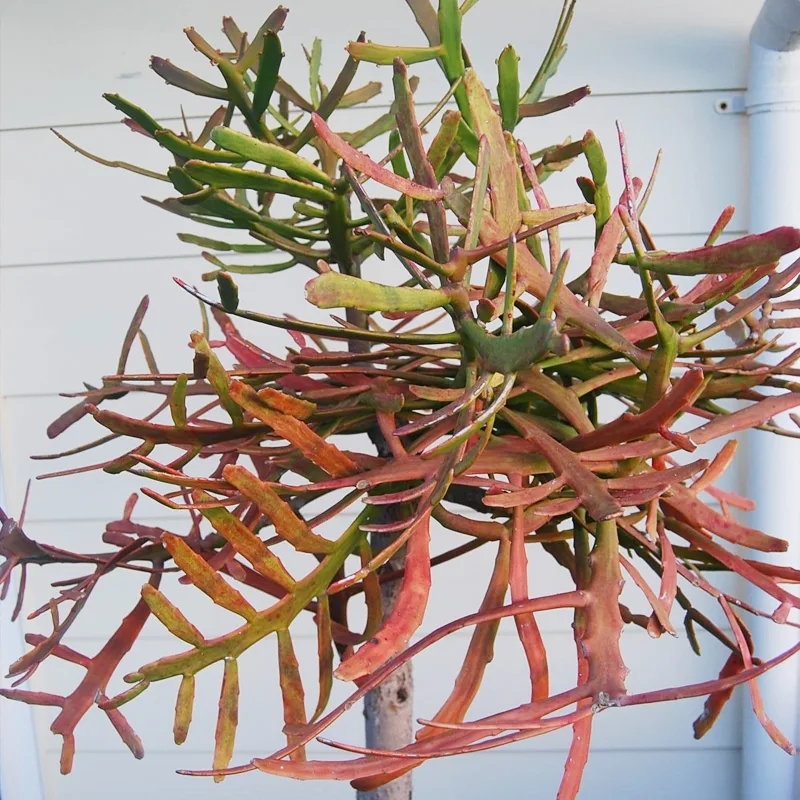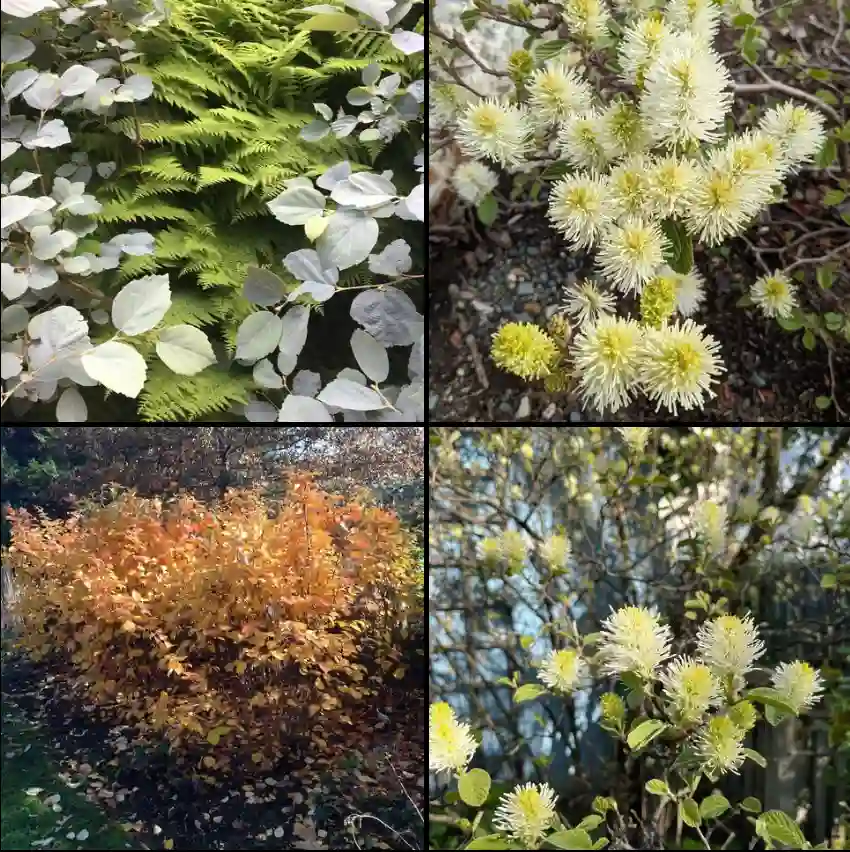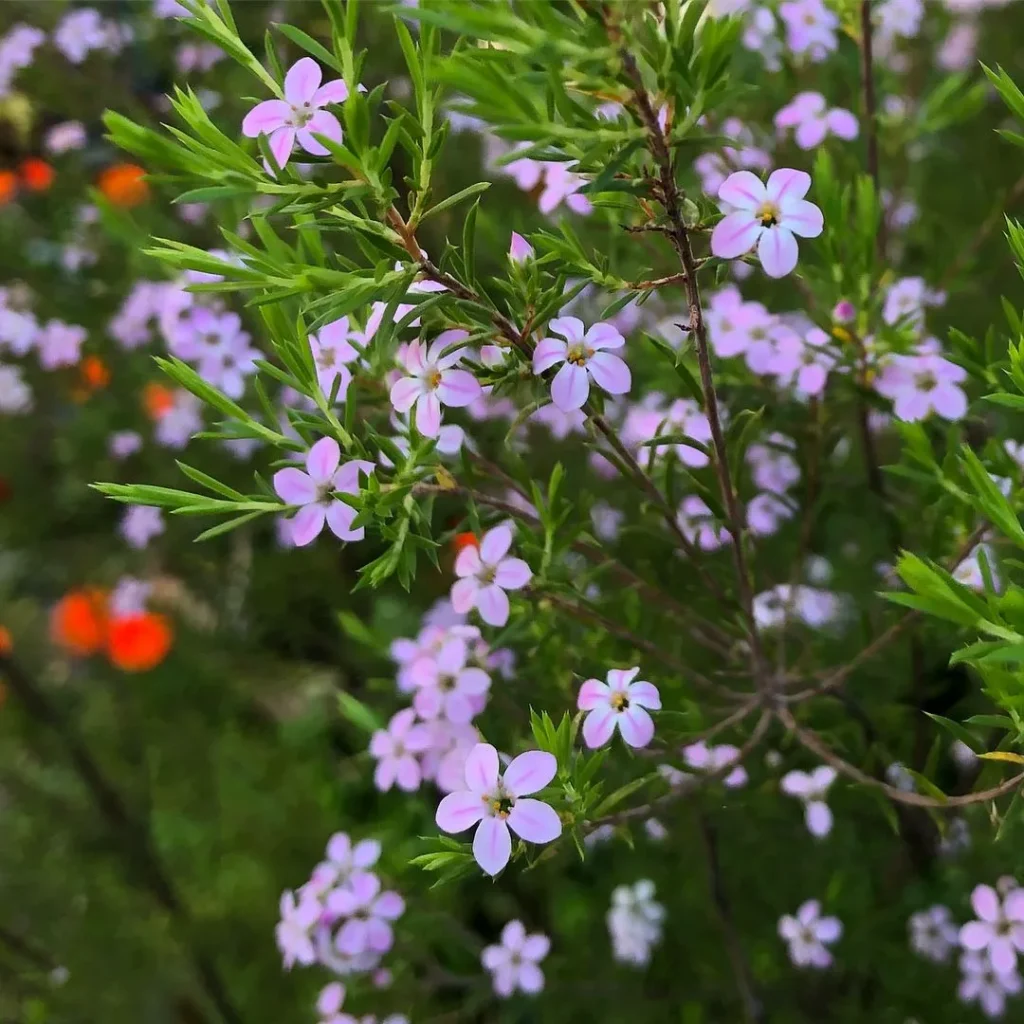
Aptenia Cordifolia FAQs
Aptenia Cordifolia, also known as Baby Sun Rose or Heartleaf Ice Plant, a synonym of Mesembryanthemum Cordifolium, is a charming succulent that has won the hearts of many gardeners, including mine. Its lush, trailing stems with heart-shaped leaves and vibrant, small pink flowers make it a delightful addition to any garden or indoor space. Over the years, I’ve learned a lot about how to care for this lovely plant, and I’d like to share some of the frequently asked questions I often get about Aptenia Cordifolia.
106 Species in Genus Mesembryanthemum
What is Aptenia Cordifolia?
Aptenia Cordifolia is a perennial succulent native to South Africa. It’s known for its fleshy, bright green, heart-shaped leaves and its small, daisy-like flowers that bloom primarily in the summer. The plant’s common names, Baby Sun Rose and Heartleaf Ice Plant, come from its appearance and texture. This plant is often used as ground cover due to its spreading habit, but it can also be grown in containers or hanging baskets for a cascading effect.
How to Care for Aptenia Cordifolia?
Caring for Aptenia Cordifolia is relatively easy, making it a favorite for beginner and experienced gardeners alike. Here are some tips based on my experience:
- Light: Aptenia Cordifolia thrives in full sun to partial shade. It needs plenty of light to bloom profusely, so placing it in a sunny spot is ideal. However, it can also tolerate some light shade, especially in hotter climates.
- Watering: Like most succulents, Aptenia Cordifolia prefers a well-drained soil and should be watered sparingly. I usually water mine once a week during the growing season and reduce watering in the winter. It’s important to let the soil dry out completely between waterings to prevent root rot.
- Soil: Well-draining soil is essential for Aptenia Cordifolia. I use a cactus or succulent potting mix to ensure good drainage. If you’re planting it in the ground, make sure the soil is sandy or add some gravel or sand to improve drainage.
- Temperature: This plant prefers warmer temperatures and can tolerate heat quite well. However, it’s not frost-tolerant, so if you live in a colder climate, it’s best to bring it indoors during the winter or grow it as an annual.
- Fertilizing: Aptenia Cordifolia doesn’t require much feeding. I usually fertilize mine once a month during the growing season with a balanced, diluted fertilizer.
How to Propagate Aptenia Cordifolia?
Propagating Aptenia Cordifolia is a simple process that even beginners can do. The plant can be propagated easily from cuttings. Here’s how I do it:
- Take Cuttings: I cut a healthy stem, about 4-6 inches long, just below a leaf node.
- Let it Callous: Before planting, I let the cut end dry out and callous over for a day or two. This helps prevent rot.
- Planting: After the cut end has calloused, I plant the cutting in a pot filled with a succulent potting mix. I water it lightly and keep it in a bright, indirect light until it establishes roots.
- Care for New Plants: Once the cuttings have rooted, which usually takes a few weeks, I care for them like mature Aptenia Cordifolia plants.
Can You Grow Aptenia Cordifolia Indoors?
Yes, you can grow Aptenia Cordifolia indoors. I’ve had success growing it in a bright spot, like near a south or west-facing window. Indoors, it’s important to provide enough light for the plant to thrive. If natural light is insufficient, a grow light can be used. Remember to avoid overwatering, as indoor conditions can sometimes lead to less evaporation.
Does Aptenia Cordifolia Hang or Climb?
Aptenia Cordifolia is primarily a trailing plant, meaning it tends to hang rather than climb. It’s perfect for hanging baskets, where its stems can cascade beautifully over the edges. However, it can also be used as ground cover, spreading out horizontally. While it doesn’t naturally climb like a vine, with some support, its stems can be trained to grow along trellises.
Is Aptenia Cordifolia a Perennial?
Yes, Aptenia Cordifolia is a perennial in warm climates, meaning it will come back year after year. In colder climates, it may not survive the winter outdoors, but it can be brought inside or grown as an annual.
Is Aptenia Cordifolia Toxic to Cats and Dogs?
This is a common concern for pet owners, including myself. The good news is that Aptenia Cordifolia is not toxic to cats or dogs. I have pets myself, and they occasionally nibble on the plants, but I’ve never had any issues. Of course, it’s always best to prevent pets from eating plants, as some may cause digestive upset even if they aren’t toxic.
Where to Buy Aptenia Cordifolia?
Finding Aptenia Cordifolia isn’t difficult. You can usually find it at local garden centers or plant nurseries, especially in spring and summer. Online plant retailers and marketplaces like Etsy also offer Aptenia Cordifolia, often with a variety of options to choose from. When purchasing online, make sure to buy from reputable sellers to ensure the quality and health of the plant.
Common Problems with Aptenia Cordifolia
Like all plants, Aptenia Cordifolia can face some issues. Overwatering is the most common problem, leading to root rot. Make sure the soil is well-draining and allow it to dry out between waterings. Pests like aphids and mealybugs can occasionally be a problem, but they are usually manageable with insecticidal soap or neem oil.
Benefits of Growing Aptenia Cordifolia
Aside from its beauty, Aptenia Cordifolia offers several benefits. It’s drought-tolerant, making it a great choice for xeriscaping. Its low-growing, spreading habit makes it excellent for ground cover, helping to prevent soil erosion. Plus, its bright flowers attract pollinators like bees and butterflies, adding biodiversity to your garden.
In conclusion, Aptenia Cordifolia is a versatile and easy-to-care-for plant that can brighten up any space, whether it’s in the garden or indoors. Its non-toxic nature, combined with its beauty and low maintenance, makes it a wonderful choice for plant lovers of all levels.
If i die, water my plants!



